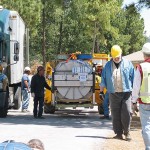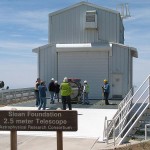On Friday April 22nd 2012, the APOGEE spectrograph left its integration lab at the University of Virginia and was loaded onto a truck headed to Apache Point Observatory in New Mexico for installation and commissioning in the coming weeks. We provide here a photo blog of that process.
Below: The APOGEE team carefully guides the several ton instrument out of the integration lab. The cryostat is resting on a specially designed shipping palette including several means of shock absorption. On top of the cryostat are the reels holding the three hundred, 40-meter long fiber optic links that will eventually connect the spectrograph to the Sloan 2.5-m telescope. Team members pictured from left to right: Paul Maseman, Eric Walker, Steve Majewski, David Nidever and Fred Hearty.
-
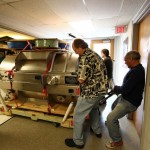
-
img 3391
-
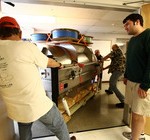
-
img 3405
-
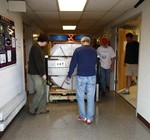
-
img 3415
-
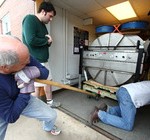
-
img 3432
Below: University of Virginia Dept. of Astronomy chair, John Hawley, looks over the proceedings. Visible is the optical fiber feedthrough end of the spectrograph.

Below: The APOGEE spectrograph positioned at the loading dock.

Below: Loading and lifting the APOGEE spectrograph with the frontloader. The fiber optic feedthrough and grating end of the spectrograph is that farthest away from the frontloader, while the collimator end is closest.
-
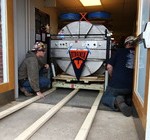
-
img 3502
-
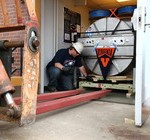
-
img 3513
-
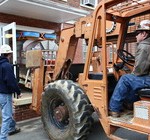
-
img 3528
-
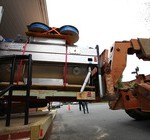
-
img 3533
-
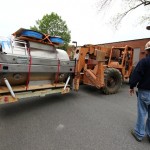
-
img 3538 sml
-
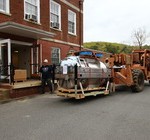
-
img 3550
-
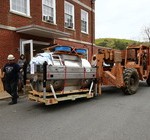
-
img 3552
-
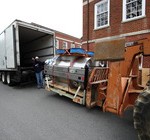
-
img 3553
Below: Loading the APOGEE instrument onto the air-ride truck.

Below: Project manager Fred Hearty directs loading of the truck with the APOGEE spectrograph and other palettes of ancillary gear.
-
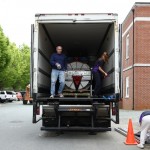
-
img 3603 sml
-
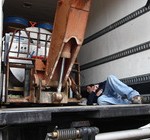
-
img 3597
-
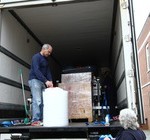
-
img 3614
-
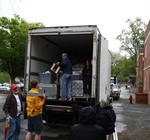
-
img 3625
-
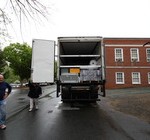
-
img 3640
Below: Signing over responsibility of moving APOGEE to the “custom critical” shipping company, and wishing the drivers a safe trip!
-
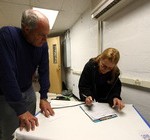
-
img 3642
-
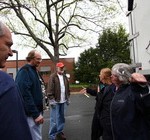
-
img 3645
-
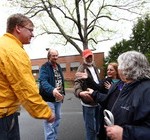
-
img 3648
Below: Mixed emotions after a long and exciting week…

Congratulations to the APOGEE instrument team for an amazing job! And thanks to all of SDSS-III for the incredible support.
Below: Some of the local APOGEE team members involved with APOGEE loading day activities standing in front of the instrument poised for shipping: (left to right) Ana Garcia-Perez, Eric Walker, Adam Burton, Matt Nelson, Fred Hearty, Charles Lam, Paul Maseman, Steve Majewski, David Nidever. At the time of all of this moving activity at UVa, APOGEE Instrument Scientist John WIlson was in Baltimore busily making last measurements and adjustments to several APOGEE optical elements with the Johns Hopkins University team (Robert Barkhouser and Stephen Smee); these last elements of the instrument were shipped out on Saturday. Also missing from the photo are Jim Barr, Janice Dean and Lihong Yao, as well as Mike Skrutskie, head of the UVa instrument lab, who, on top of providing experienced help loading up the APOGEE hardware for shipment, had also to duck out to teach a class!
(All photos by Guillermo Damke.)









